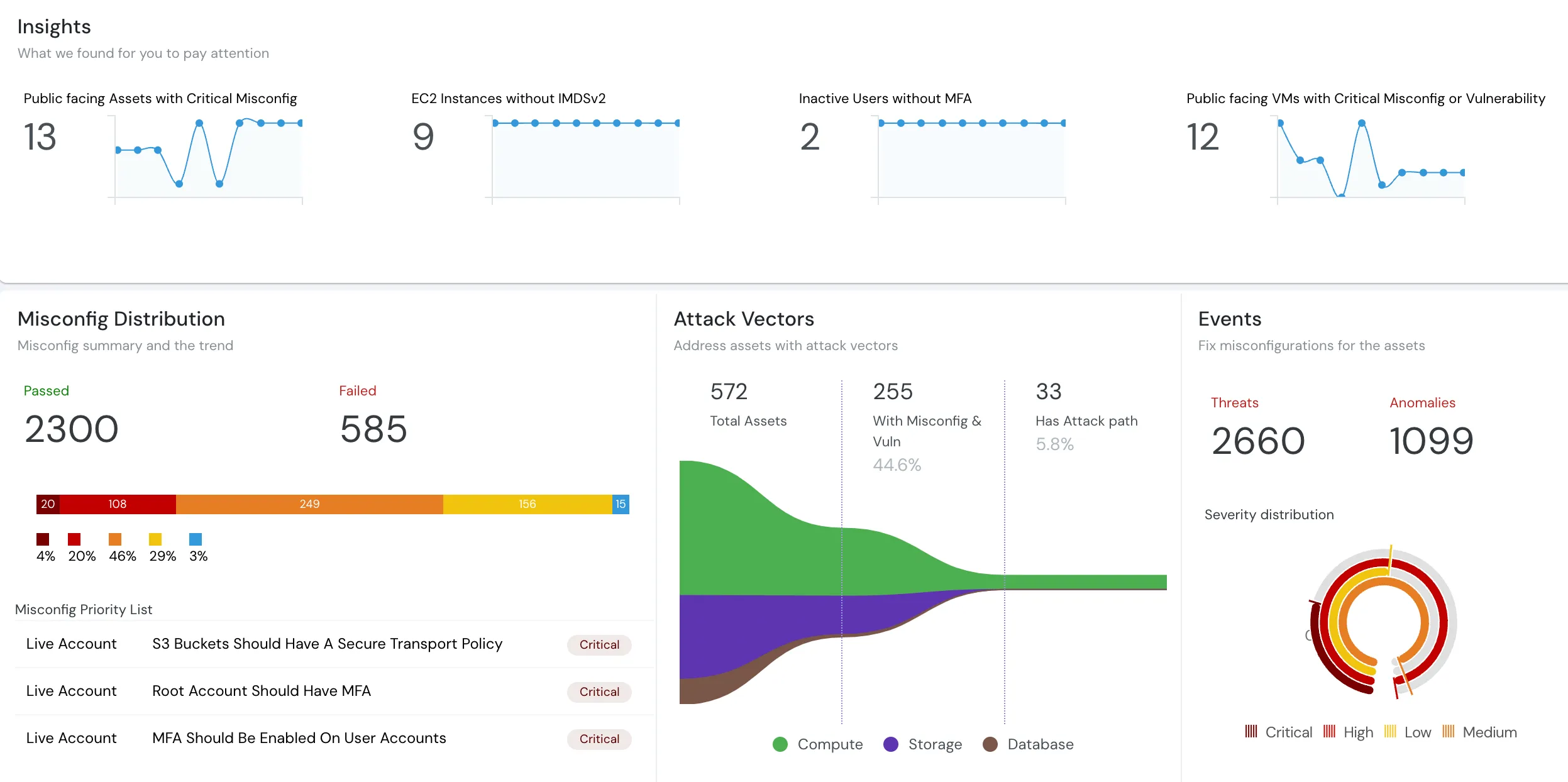Cloudanix
AWS SES Audit
The DomainKeys Identified Mail (DKIM) feature should be enabled for domains and addresses in SES. DKIM is a security feature that allows recipients of an email to verify that the sender domain has authorized the message and that it has not been spoofed.
DKIM Signing Should Be Enabled For AWS SES
The DomainKeys Identified Mail (DKIM) feature should be enabled for domains and addresses in SES. DKIM is a security feature that allows recipients of an email to verify that the sender domain has authorized the message and that it has not been spoofed.
DKIM Should Be Verified
The DomainKeys Identified Mail (DKIM) be verified in your SES configuration.
AWS SES Identities Should Not Be Exposed
Your AWS SES identities like domains or email addresses should not be exposed to everyone. This will prevent unauthorized users from sending emails on your behalf and restrict access only to trusted entities by implementing the appropriate AWS SES sending authorization policies.
AWS SES Identities Should Be Verified
AWS SES identities should be verified in order to prove their ownership and to prevent others from using them. Verifying identities (i.e. ownership confirmation) is an efficient way to prevent people masquerading as other email addresses when they really do not own them.
SES Identities Should Not Allow Cross-Account Access
AWS SES identities (domains and/or email addresses) should not allow unknown cross-account access via authorization policies. Your SES identities should be configured to allow access only to trusted (friendly) AWS accounts in order to prevent unauthorized users from sending emails on your behalf.
Secure Every Layer of Your Cloud Stack with Cloudanix
Unify your security workflows with Cloudanix — one dashboard for misconfigurations, drift detection, CI/CD, and identity protection.
Get StartedCLOUDANIX
Insights from Cloudanix
Explore guides, checklists, and blogs that simplify cloud security and help you secure your infrastructure.
Case Studies
Real-world success stories where Cloudanix helped organizations secure their cloud infrastructure. Watch how we made a d...

What is CSPM?
Understand what Cloud Security Posture Management (CSPM) is and how it automates security and compliance across cloud en...
CASB, CSPM, SIEM: Cloud Security Essentials
Understand how CASB, CSPM, and SIEM work together to enhance your cloud security posture and ensure better governance.
What is Cloud Audit?
In-depth assessment of cloud environment for security, compliance, and optimization. Identify vulnerabilities, ensure da...
Top 10 Challenges of CSPM
Cloud environments are getting more complex and dynamic day by day, making it difficult to gain complete visibility into...
Cloudanix docs
Cloudanix offers you a single dashboard to secure your workloads. Learn how to set up Cloudanix for your cloud platform ...
Changelog
A complete history of changes, improvements, and fixes for Cloudanix. Subscribe to get notified about the latest updates...
